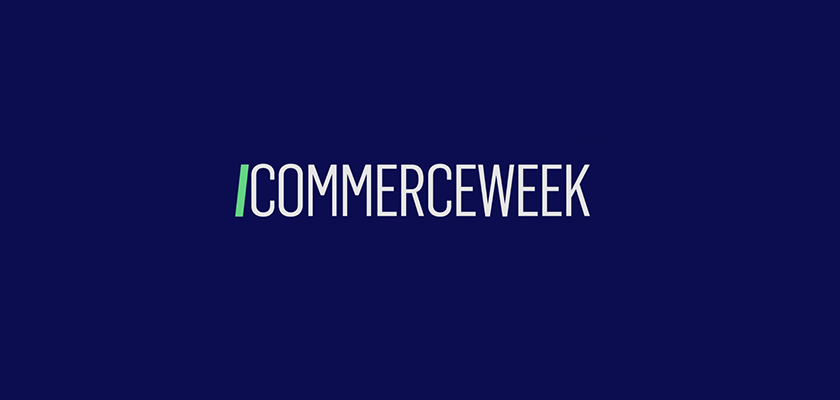Seed is a performance marketing agency that prioritises sustainable, long-term growth and the happiness of both its people and its clients. We are a specialist performance marketing agency based in Brighton, East Sussex, providing SEO, PPC Social Media, UX & Email Marketing services. Our vision is to be a leading light within our industry; renowned for our people-first culture, our passion to learn, innovate, and our grit to succeed for our clients. We are a value-driven organisation, and our core values – pride, resolve, enthusiasm, ambition, curiosity, honesty – have since helped us shape and define every aspect of our organisation’s culture.

Seed – Search & Social Agency
Gold MemberWe are performance marketing specialists, on a mission to grow for good. We offer expert services across SEO, PPC, Social Media, UX & Email Marketing.
11-50 Employees
3 Jobs
About
- HQ
- OFFICES
-
HEADQUARTERS
- ADDRESS: 19 New Road, Brighton, BN1 1UF
- PHONE: 01273 978466
- E-MAIL: [email protected]
Services
Digital Marketing
Marketing Automation
PPC
PPC Agency in Brighton. Managing £12m+ ad budget annually, delivering transformative results for our clients.
Industry Expertise
All Jobs
Senior PR Account Executive
Seed – Search & Social Agency is looking for a Senior PR Account Executive to join their team in Brighton.
UK>Brighton
Senior Paid Search Executive
Seed – Search & Social Agency is looking for a Senior Paid Search Executive to join their team in Brighton.
UK>Brighton
Paid Search Specialist
Seed – Search & Social Agency is looking for a Paid Search Specialist to join their team in Brighton.
UK>Brighton





















